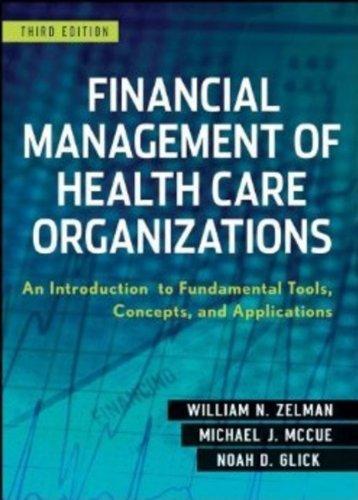Question
Considering the issue of volatility modelling, compare the volatility estimation using the VIX index and the volatility of the S&P500 index, using an econometric model.
Considering the issue of volatility modelling, compare the volatility estimation using the VIX index and the volatility of the S&P500 index, using an econometric model.
(a.) What is the use of the Spearman correlation, compared to the Pearson correlation?
(b.) Consider the CBOE daily volatility index (VIX) from January 1, 1990 to June 30, 2019. The data are available from FRED via quantmod. Use the commands below:
getSymbols(VIXCLS,src=FRED)
vix <- VIXCLS['1990-01::2019-06']
n <- length(vix)
idx <- c(1:n)[is.na(vix)]
vix <- vix[-idx]
vix <- as.numeric(vix)
Find an AR model for the VIX series. Remove insignificant coefficient estimates (based on t-ratio 1.645). Provide model checking to confirm that the model is adequate. Write down the model.
(c.) Consider the S&P500 index from January 1, 1990 to June 30, 2019. The data is available using quantmod, and the symbol for the index is ^GSPC. Fit an ARMA model to the index return time series (calculate the returns using the adjusted closing prices), and a GARCH model for the index volatility.
(d.) Calculate the correlation between the VIX and the squared returns of the S&P500 index, and the fitted volatility using the GARCH model. Calculate the correlation over the entire time sample. Calculate the correlation on a year by year basis and plot the annual correlation.
(e.) Considering the correlation values, is the VIX a good representative of the volatility of the index? If not, why? Propose a way to test this in a quantitative way.
Step by Step Solution
There are 3 Steps involved in it
Step: 1

Get Instant Access to Expert-Tailored Solutions
See step-by-step solutions with expert insights and AI powered tools for academic success
Step: 2

Step: 3

Ace Your Homework with AI
Get the answers you need in no time with our AI-driven, step-by-step assistance
Get Started


